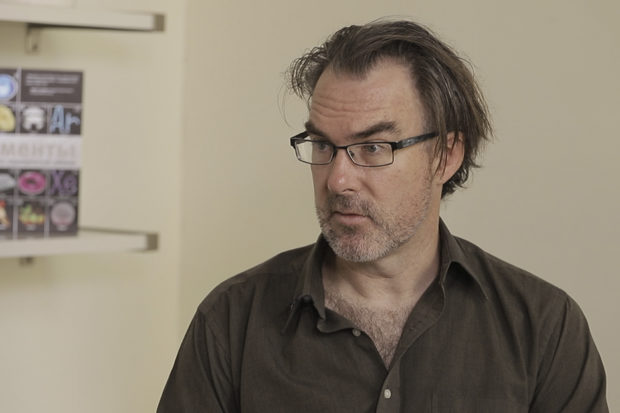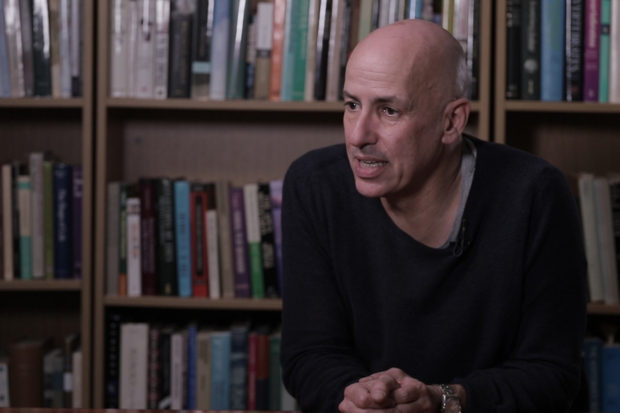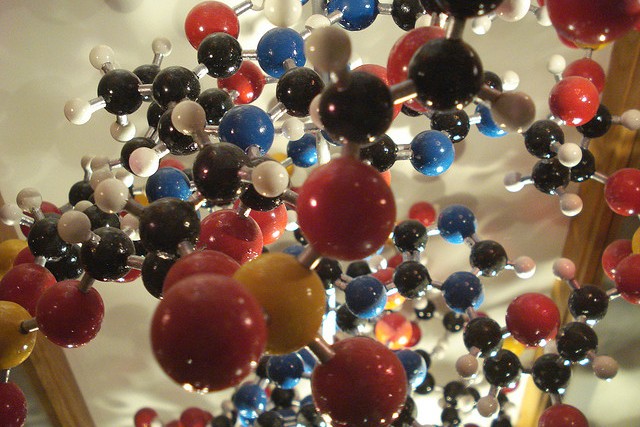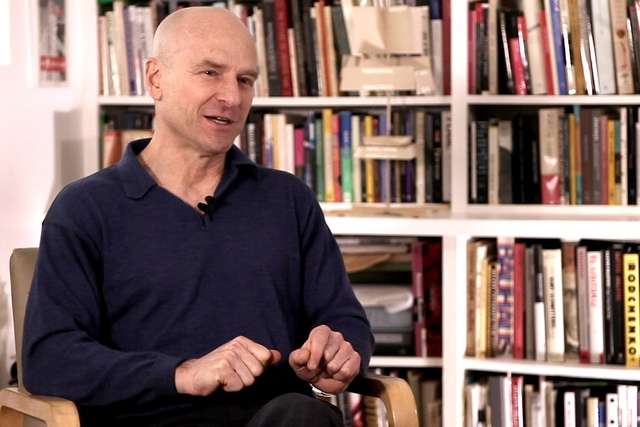The Role of Science in Art
Art historian Jeffrey Taylor on the art market, the ‘American Leonardo’ and why connoisseurship doesn’t work in a court of law
videos | September 22, 2020
Art has a strong relationship to how science creates its knowledge, and specifically, I refer to what we can call in biology the Linnaean taxonomy. The Swedish botanist Carl Linnaeus invented the taxonomy, the knowledge structure; taxonomy is a sort of pyramid shape of knowledge and increasingly specific designations that we use to define all plants and animals and living creatures on the Earth through a series of more specific designations and using universally used Latin words to designate a species.
Core to that idea is the concept of a type specimen. A type specimen is, for example, a plant: for every plant on the Earth, every species of plant that we have identified, there is one dried-out version of that plant in a plastic bag in some university archive or botanical garden somewhere. One version of that plant serves as the type specimen. And then, if we discover a plant that we believe is that plant, we would compare it to the type specimen. This is core to us really understanding how we’re identifying our many different species on the planet.

And that brings us to really our first big challenge in the 20th century in history, where this whole structure was put to the test. It’s the story of the American Leonardo, which is based on a painting that is in the Louvre in Paris that we call, and it’s a painting called La belle ferronnière. It is by Leonardo; it hangs in the Louvre. In 1920, another version of that painting appeared in America in the state of Kansas: the owners wanted to sell it to the Kansas City Museum of Art. And everybody thought: a Leonardo in Kansas?… But it had a good story, it had a believable story, it was owned by an American soldier and his wife who was a French woman, and when they got married in France, her aunt gave them the painting and said it was a Leonardo, and so they were going to sell it to the museum.
But the leading art dealer of the era, whose name was Joseph Duveen, heard about it and was asked about it by a reporter. And Joseph Duveen said: Oh, that’s not a Leonardo.
So the owners of the painting brought a lawsuit against Joseph Duveen for disparagement, for disrupting their business deal and saying the painting was not a Leonardo, and that began what was the biggest lawsuit in American history up to that point.
It went on for almost ten years, and what came out of it was particularly the role of Joseph Duveen’s main art expert, the leading connoisseur of the first half of the 20th century. His name is Bernard Berenson, and he was the main follower of Morelli and adapter of Morelli’s technique.
Berenson basically became the dominant art historian and expert for everything in the Italian Renaissance period. That worked really well for the art market because the American millionaires who were buying Italian Renaissance art would only pay a lot of money for it if they were sure it was authentic. Berenson was the dominant authority, almost a sort of monopoly authority, and he would occupy that position from the beginning of the 20th century; for almost half of the century, he was the undisputed expert on everything in the Italian Renaissance. And that worked great for the art market because if Berenson said it was a Leonardo, it was a Leonardo. He was the truth, and the art market likes that. The art market is like a monopoly authority, one person who says yes or no. And that works very well for the art market.

That painting in Kansas has never been considered a Leonardo, but it was sold recently for about two million dollars. It’s a good price, and it’s believed that it was very likely done by a follower of Leonardo.
But what also came out from the trial was that when someone like Berenson says they have a sixth sense and I’m the expert and you just have to believe me because I know, that doesn’t work in a court of law. What does work in a court of law is science.
Already in the 1920s, we had early forms of what we can call art forensics. We had X-rays, and people were using them on paintings already back then. And we had microscopes, so you could take a small sample of the paint and put it under a microscope, and you could see a lot from that in identifying the paints. And the jury really found those much more believable.
That really began a sort of competition in the field of art between the connoisseurs who believe they know and science people practising art forensics who use scientific processes to determine what they know. Over the course of the 20th century, the role of science in art has continued to increase. Generally, science and its importance always increase dramatically in the face of major forgery scandals where experts have said yes only to be proven wrong. Science has to come to the rescue and show that, in fact, something else happened; in fact this is a forgery. We can see that in cases throughout the 20th century but really in the last ten years just in our field of the art world, especially in New York, the role of science has increased dramatically because it’s become ever more clear that on forgery cases it’s the only solution.





























